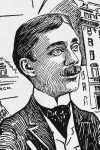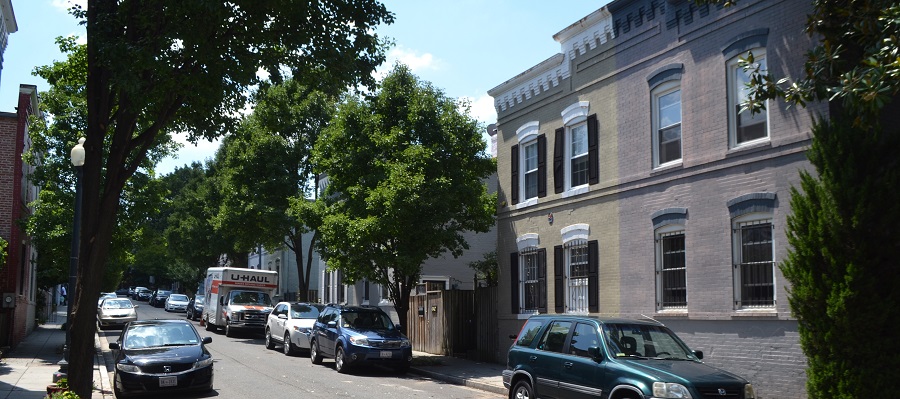 I was recently (well, not that recently, as I had to get that Pipetown fixation out of my system first) asked by The Hill is Home’s own Maria Helena Carey about the history of Pickford Place NE, and especially where the name came from. It turns out that this opened a large can of worms– mostly unrelated to the street itself, but to its namesakes, the Pickfords. Thus, I will look today at the history of this alley, and then at the story of the Pickford family in later installments.
I was recently (well, not that recently, as I had to get that Pipetown fixation out of my system first) asked by The Hill is Home’s own Maria Helena Carey about the history of Pickford Place NE, and especially where the name came from. It turns out that this opened a large can of worms– mostly unrelated to the street itself, but to its namesakes, the Pickfords. Thus, I will look today at the history of this alley, and then at the story of the Pickford family in later installments.
Pickford Place is a street that runs north-south through Square 913, between 8th, 9th, F and G Streets NE. It is unique on Capitol Hill in that the houses along it are not row houses, but semi-detached: 12 freestanding buildings split down the middle.
The first question that came to mind was whether the street’s name had any relation to “America’s Sweetheart,” Mary Pickford. This hope was quickly dashed by a basic search on old newspapers, which indicated that a Charles R. and Thomas H. Pickford were responsible for building and naming this street.
The Pickford brothers had bought the square, and began by building along 9th Street in 1896. The following year, the Evening Star reported that “T.H. Pickford has engaged Mellon and Watts to build from plans by B. Stanley Simmons twenty-four brick dwellings on Pickford place between 8th and 9th and G and H streets northeast,” which managed to get both the name of Thomas H. Melton and the location of Pickford Place wrong. Each dwelling was to be just under 1,300 square feet and cost $1,500– or about $45,000 in today’s dollars. As a comparison, one of the houses at Pickford sold for $616,000 in April of this year.
When he designed the Pickford Place buildings, B. Stanley Simmons (pic) was in the early stages of a major career as a D.C. architect. He would gain renown for the many grand buildings he would design throughout central D.C., including three that would end up on the National Register of Historic Places.
The Pickfords managed to sell their properties rapidly, not the least because of the street’s proximity to the newly-electrified H Street streetcar. Two years later, the Evening Star would report that Pickford had “built ninety houses on that square, all of which he sold, with the exception of some that he retained as an investment.” Furthermore, his latest project, of similar size, was to be built along the soon-to-be-electrified Eckington line.

Pickford Place today (RSP)
The 1900 census shows a quiet street full of government clerks and other similar white-collar workers, and the newspapers of the time bear this out. While an occasional robbery is reported there, most of the entries are those of residents looking for help or other similarly benign purposes.
This would change over the years, with some truly horrifying deaths over the years, including the double shooting of Richard Allen Walker III and Jerome Jose Dublin in a station wagon parked on the street in 1994. While Dublin died shortly after the attack, Walker survived another day before succumbing to his wounds. That case was solved quickly, however, by use of a state-of-the art computer system dubbed the Washington Area Criminal Intelligence Information System. Within a week or so, Gregory Mack was behind bars for the double homicide, a distinct success for the otherwise beleaguered city at the time.
Next week: Thomas H. Pickford
